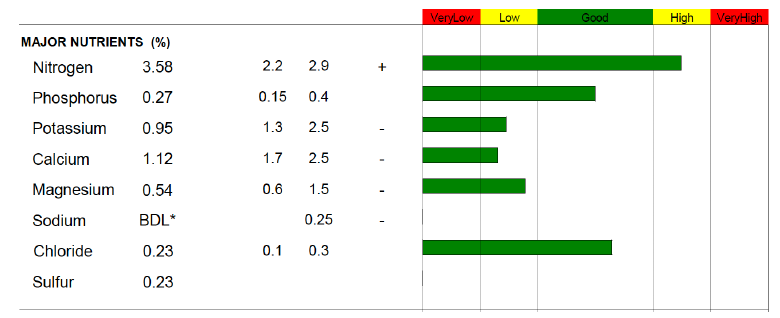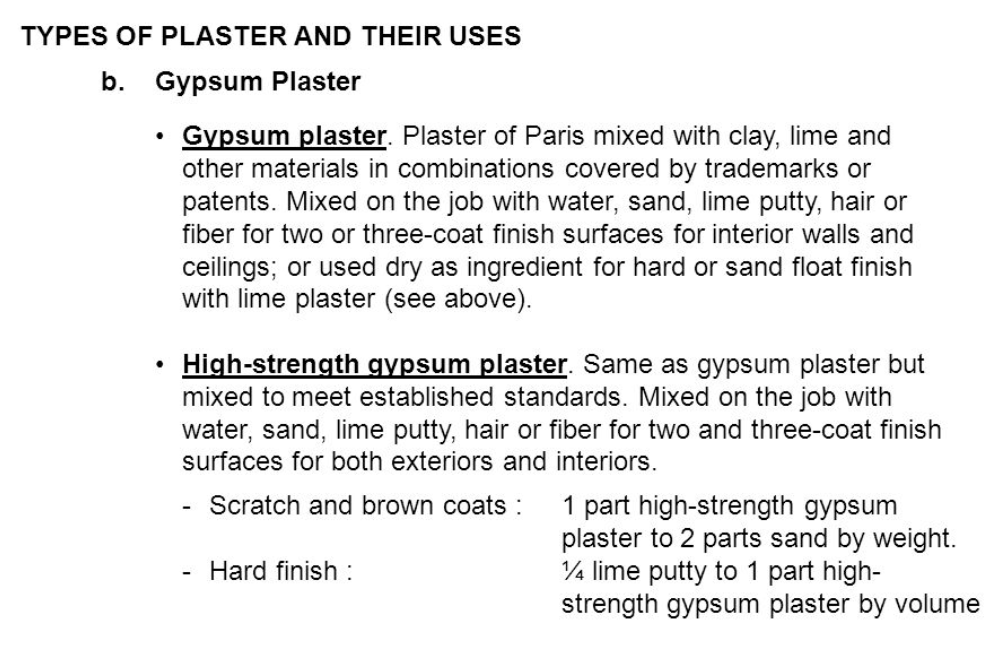
I tend to ask a bunch of questions with my growers. It really bothers me when a new farmer client asks me to give them a proposal on a specific budget and I get no other information with the request. What are your historic yields? What were your last three year’s budgets? What were the last three year’s tissue tests from spring and pre-harvest? What are the last three years of soil test reports? What were last year’s spring and fall water tests? How much surface water? How much is from the well? Did you apply nutrients post-harvest? When? I’m sure they think I’m like their 4-year-old nephew that can’t ask enough “why’s.” But it’s like playing solitaire with a deck of 51. Without all the cards, you can’t win.
I recently spent a few days calculating nutrient budgets for a grower and asking even more questions than my original list. Previous years budgets had gotten out of hand without generating larger returns. I am a huge proponent of getting your phosphorus right, and especially early in the season. This can come with issues. Poly Phosphate doesn’t stay or turn into ortho phosphate easily when it’s wet and cold in the spring. In the fall, late heat will make poly-phos digest/decompose to ortho-phos in mere days, making it plant ready. But less plant ready, less soluble or less pure triple mixes tend to lead my clients to apply too much.
Balanced Phosphorus Approach
Too much phosphorus will have detrimental effects on soil chemistry, particularly when the biology isn’t abundant and active. Here’s some math for you. In pistachios, we typically apply about 150 units of N. Done correctly this will lead us to a spring tissue level of around 3.5 % and end at about 2.5 % pre-harvest. The UC says P levels should be from .14 to .4 %. I prefer a balance and not a range. The range is too broad a brush to paint with. I say P should be 10% of N. If N is at 2.5% then it follows by my estimate that P should be .25% in the tissues. Assuming a 70% Nitrogen Use Efficiency, about 105 units of applied N are going into the tree. At 10% applied N, 15 units of P should suffice to get 10 units of P assimilated in the tissue. And that can’t happen all at one shot!
Going over the math with this grower, I saw 60 units of soil-applied P, all in the plant ready ortho form, and all very close together. Unfortunately, the P levels were still less than 10% N levels. All that extra P applied and not assimilated has a really good chance of becoming Plaster of Paris with the gypsum, calcium bicarbonate and lime in the soil. They just lost two nutrients by spending too much and over applying one. Of course, their calcium levels were also low. Imagine that.
These farmers actually care and were closely watching and monitoring their nutrition and budgets. They just weren’t getting the proper guidance. The point is, “Ask not what you can do for your Crop Advisor, but what your Crop Advisor can do for you!”
When this particular grower had 2.8% N levels pre-harvest, I saw potential savings. We can drop our N applications a bit, saving some money. Drastically reducing our P inputs using smaller shots more often early in the season offered even more savings. Applying soluble calcium immediately after the first water application post-harvest will exacerbate a stronger root flush and lessen Cal-P tie up. Not waiting until November to apply less soluble soil amendments (gypsum, SOP, compost, etc.), and working them into “active” soil, will enhance breakdown, uptake and soil health. Adding early fall organic matter, such as humics, fulvic acid, compost, cover crops, mulch, etc., will drastically enhance the soil’s biome. This in turn will greatly improve water retention and nutrient holding capacity.

Active Soils Assimilate Nutrients
More active soil equals more nutrient assimilation. With better nutrient assimilation, we can typically use less nutrients and put our money to more soluble and plant ready nutrition, only applying what is needed and not taking the “more-on approach” that assumes if a little is good, let’s put more on!”
Often, we can make quick changes to nutrients with properly timed foliar applications. Many of today’s surfactants, acids and emulsifiers are very effective at getting nutrition into the leaf or young tissue. They may be a little more expensive, but quick fix foliar applications can often bring a 7-fold increase in nutrient assimilation compared to a similar soil shot.
A plant doesn’t walk to the fridge to get food. It is designed to take in nutrition from the soil its planted in. However, when the levels are out of whack, or early spring nutrients aren’t up at the spurs yet, foliar quick fixes can get us through a critical time. When we over-apply a specific nutrient or in the wrong form, we often upset the apple cart. By the time we get them all picked up and stacked again, we may have missed key windows where specific nutrient uptake was essential, but unavailable, tied up or blocked.
A good program will address these issues and show them in test results. Proper analysis will return greater yields and orchard health. If you’re way out of whack, it may take a bit more money upfront to balance your soils. The good news is, it doesn’t have to cost you more money in the long run if it’s done right. Healthy, balanced soils will not only produce more but ensure better nutrient uptake, with more efficient applications. To quote a great line from Cheers, Woody asked, “What’s going on Mr. Pederson?” With urgency, Norm replied, “No Woody, its what’s going in Mr. Pederson that matters. Poor me a beer!” If you’re spending the money to feed your trees make sure they have the chance to drink it when they need it.











